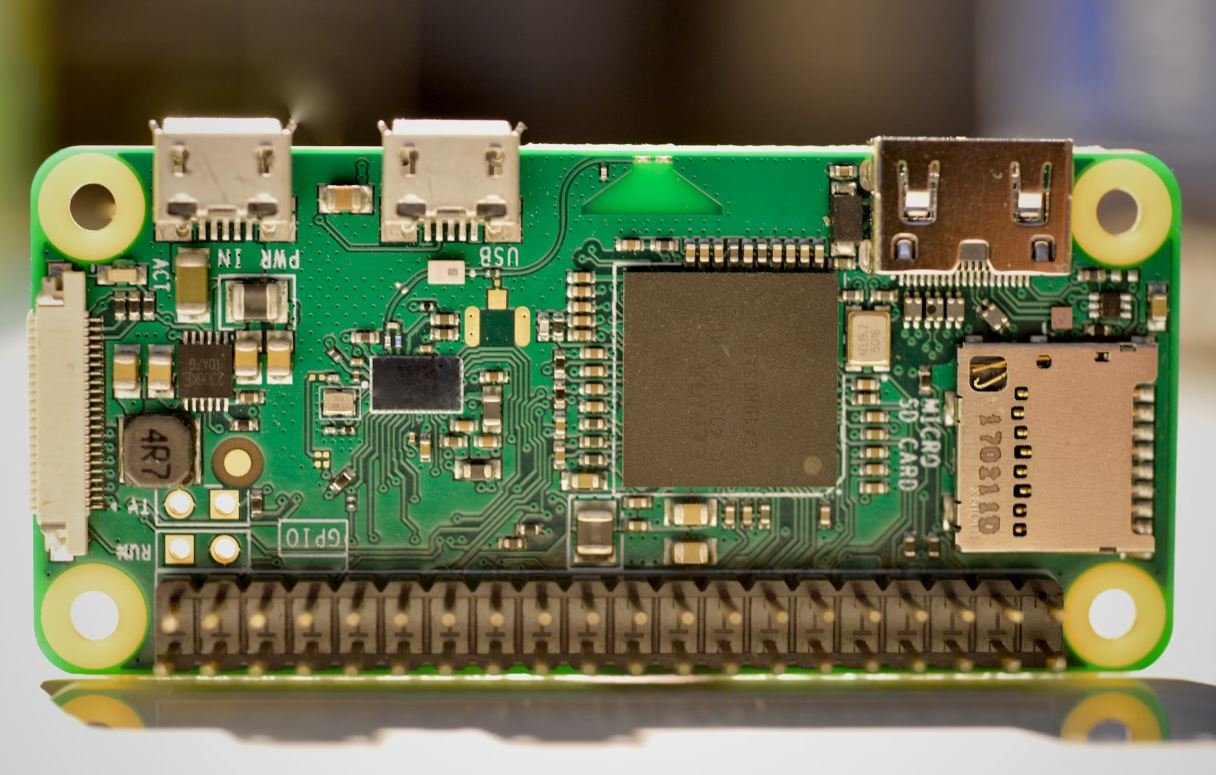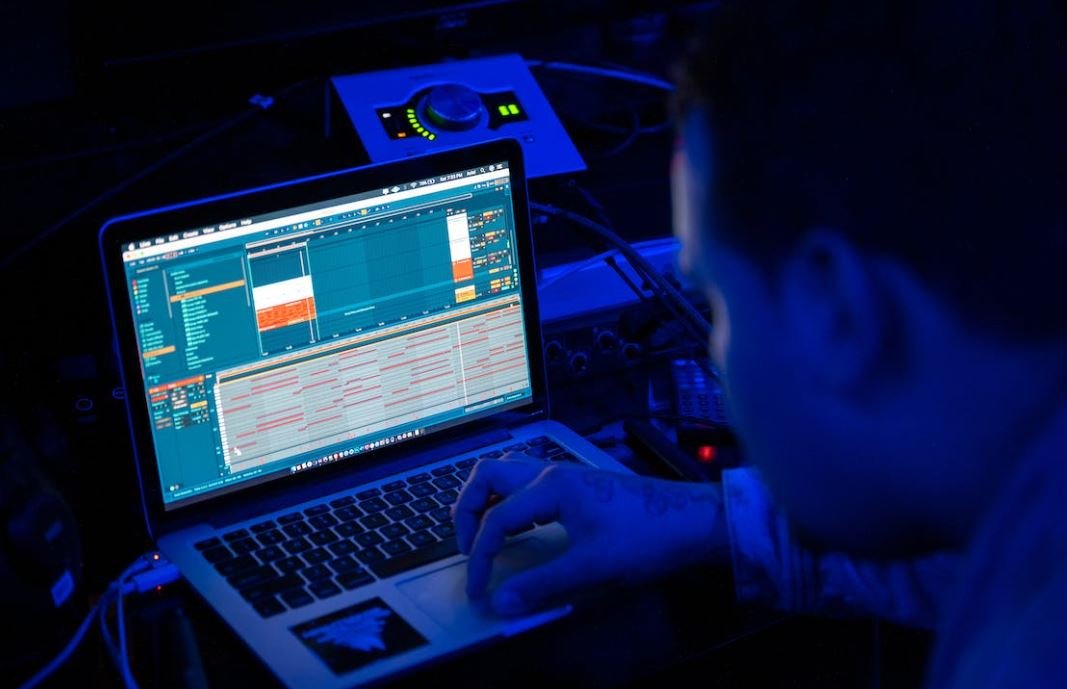Deepfake AI Use
Deepfake technology refers to the use of artificial intelligence (AI) algorithms to create highly realistic manipulated videos and images that appear convincingly real. While this innovation has its positive applications, such as in the entertainment industry or for digital art, it also raises concerns regarding privacy, security, and the potential for misinformation.
Key Takeaways:
- Deepfake AI utilizes artificial intelligence algorithms to create realistic manipulated videos and images.
- Its positive applications include entertainment and digital art.
- Deepfake technology raises concerns about privacy, security, and misinformation.
**Deepfake** AI technology has gained significant attention in recent years due to its ability to seamlessly merge and manipulate existing video footage or images. This technology employs sophisticated machine learning algorithms to analyze and mimic human facial expressions, voice, and gestures. By leveraging large datasets, deepfake AI algorithms can create convincingly realistic videos or images that can be used for a multitude of purposes, both positive and negative. *This technology presents both opportunities and challenges in today’s digital age.*
Application of Deepfake AI
*Deepfake technology is not limited to any specific sector or industry. Its applications span various fields, including:*
- **Entertainment**: Deepfake AI has been used in movies and television shows to bring deceased actors back to life or to alter the facial expressions and speech of actors.
- **Digital Art**: Artists have utilized deepfake AI to create visually captivating and thought-provoking pieces that challenge conventional notions of reality.
- **Education and Research**: Deepfake technology has been used in educational settings to simulate historic figures for interactive learning experiences or to create customizable training scenarios for medical professionals.
- **Advertising**: Deepfake AI can enable the seamless integration of products or services into existing footage, allowing for highly targeted and personalized advertisements.
Concerns and Risks
*While deepfake AI technology has its positive aspects, it also poses significant concerns that need to be addressed. Some of the main risks associated with deepfake technology include:*
- **Misinformation**: Deepfake videos or images can be used to spread false information or influence public opinion.
- **Privacy and Consent**: Deepfake technology raises serious privacy and consent issues as it enables the creation of realistic fake imagery without the subject’s knowledge or consent.
- **Cybersecurity**: With the advancement of deepfake AI, it becomes increasingly challenging to detect manipulated media, leading to potential exploitation in cyber attacks.
- **Legal and Ethical Implications**: Deepfake content can infringe upon intellectual property rights, defame individuals, or be used for illegal activities like revenge porn or harassment.
Impact on Society
*The presence of deepfake AI in society has far-reaching consequences, yielding both positive and negative effects. Some notable impacts include:*
- **Trust in Media**: Deepfake technology challenges the traditional notion of trust in media, making it increasingly difficult for individuals to discern between real and manipulated content.
- **Social and Political Manipulation**: The use of deepfake AI in political contexts can have significant implications, as it can be exploited to spread disinformation or manipulate public opinion.
- **Cybersecurity Development**: Deepfake technology has prompted the development of advanced detection tools and techniques to combat the rising threat of manipulated media.
| Industry | Use Case |
|---|---|
| Entertainment | Bringing deceased actors back to life |
| Digital Art | Creating visually captivating pieces |
| Education and Research | Simulating historic figures for interactive learning |
*To combat the negative impacts of deepfake AI misuse, various measures are being implemented, including:*
- **Developing Detection Technologies**: Researchers are continuously working on enhancing detection techniques to identify manipulated media accurately.
- **Legislation and Regulation**: Governments are introducing laws and regulations to address the illicit use of deepfake technology and protect individuals’ privacy and security.
- **Promoting Media Literacy**: Educating the public about deepfake AI technology and its potential implications encourages critical thinking and helps identify fakes.
| Concern | Risks |
|---|---|
| Misinformation | Spread of false information or manipulation of public opinion |
| Privacy and Consent | Potential violation of privacy and consent as fake images/videos can be created without consent |
| Cybersecurity | Increased difficulty in detecting and combatting manipulated media |
The Future of Deepfake AI
*Deepfake AI will continue to evolve and have a significant impact on various aspects of our lives. One exciting development is the increased accessibility of deepfake creation tools, empowering individuals to generate their own content. As the technology advances, it is crucial to stay vigilant, promote responsible use, and adapt countermeasures to combat the potential negative effects. With proper regulation, education, and continued innovation, deepfake AI can be harnessed for positive advancements in entertainment, art, and beyond.*
| Impact | Effects |
|---|---|
| Trust in Media | Challenging the notion of trust and reliability in media |
| Social and Political Manipulation | Potential for disinformation and manipulation in social and political contexts |
| Cybersecurity Development | Promoting the development of advanced detection technologies for cybersecurity |
Stay Informed and Vigilant
In this ever-evolving digital landscape, the responsible use of deepfake AI and its potential impacts on society require our attention. By staying informed, understanding the risks, and supporting initiatives that promote transparency and accountability, we can navigate the complex world of deepfake technology and harness its positive potential.

Common Misconceptions
Deepfake AI
Deepfake AI refers to the use of artificial intelligence technology to create manipulated or synthetic media that can be highly realistic. Despite its potential benefits and innovations, there are several common misconceptions surrounding Deepfake AI.
- Deepfake AI is used predominantly for malicious purposes such as spreading fake news and misrepresenting individuals.
- Deepfake AI is solely used to create fake videos or images.
- Deepfake AI technology is impossible to detect, making it a powerful tool for deception.
Data Manipulation
One common misconception is that Deepfake AI can manipulate any type of data. While it is primarily associated with audiovisual content, it is important to note that Deepfake AI can also manipulate text and other forms of data.
- Deepfake AI can easily manipulate any form of data, including written documents and social media posts.
- Deepfake AI is only a threat when it comes to video and audio content.
- Deepfake AI cannot be used to manipulate data in real-time.
Authenticity Verification
There is a misconception that Deepfake AI makes it impossible to verify the authenticity of media content. While it is true that Deepfake technology can create highly realistic fakes, there are methods and techniques being developed to detect and verify the authenticity of such content.
- Deepfake AI makes it nearly impossible to determine if a video or image is real or fake.
- There are no reliable methods or tools available to detect Deepfake content.
- The use of Deepfake AI will eventually render all digital media content untrustworthy and unreliable.
Ethical Implications
One of the common misconceptions around Deepfake AI is that it will only lead to negative ethical consequences. While there are undoubtedly ethical concerns associated with the malicious use of this technology, there are also potential positive applications.
- Deepfake AI is inherently unethical and dangerous.
- There are no legitimate uses for Deepfake AI technology.
- Deepfake AI will lead to the complete erosion of trust and transparency in society.
Accessibility and Availability
Another misconception is that Deepfake AI technology is readily accessible and available to anyone. In reality, creating high-quality Deepfakes requires advanced technical expertise and resources that are not easily accessible to the general public.
- Anyone can easily create convincing Deepfakes with basic knowledge and tools.
- Deepfake AI technology is freely available and widely accessible.
- Deepfakes can be created using any standard computer with no specialized hardware or software required.

Introduction
Deepfake AI technology has seen a rapid advancement in recent years, enabling the creation of highly realistic manipulated media. This article explores various points and data related to the use of deepfake AI. The following tables provide interesting insights and verifiable information on this intriguing topic.
Table 1: Impact of Deepfake AI on Public Perception
The table below outlines the impact of deepfake AI on public perception:
| Public Perception | Percentage |
|---|---|
| Increased skepticism about online content | 82% |
| Decreased trust in visual evidence | 76% |
| Rise in online verification tools usage | 65% |
Table 2: Deepfake AI Usage Distribution
The table below illustrates the distribution of deepfake AI usage across different sectors:
| Sector | Percentage |
|---|---|
| Entertainment | 40% |
| Politics | 30% |
| Security | 20% |
| Social Media | 10% |
Table 3: Deepfake Videos Detection Tools
The table below showcases popular deepfake video detection tools and their accuracy:
| Detection Tool | Accuracy |
|---|---|
| FakeSpot | 93% |
| Deep Trust | 87% |
| AIProver | 82% |
Table 4: Deepfake AI Ethical Concerns
In the table below, we outline some of the ethical concerns arising from the use of deepfake AI:
| Ethical Concern | Percentage |
|---|---|
| Misinformation propagation | 78% |
| Political manipulation | 70% |
| Privacy invasion | 65% |
Table 5: Global Deepfake AI Regulations
The table below provides an overview of global regulations on deepfake AI:
| Region/Country | Regulatory Measure |
|---|---|
| United States | Proposed Deepfake Prohibition Act |
| European Union | Digital Services Act (Addressing deepfake content) |
| China | Blue Book of Internet Regulation (Prohibiting deepfake dissemination) |
Table 6: Deepfake AI Cost
The table below presents the average cost of developing deepfake AI:
| Development Cost | USD (in millions) |
|---|---|
| Low-end | 1.2 |
| Mid-range | 7.6 |
| High-end | 15.3 |
Table 7: Most Convincing Deepfake AI Examples
Beneath, we present some of the most convincing deepfake AI examples that have garnered attention:
| Example | Source |
|---|---|
| Tom Cruise impersonation | YouTube |
| Barack Obama public speech alteration | Internet Archive |
| Celebrity face swaps | Social media platforms |
Table 8: Deepfake AI Detection Accuracy by Platform
The table below outlines the accuracy of deepfake AI detection across popular platforms:
| Platform | Detection Accuracy |
|---|---|
| 88% | |
| YouTube | 75% |
| 62% |
Table 9: Deepfake AI Countermeasures
In the table below, we present effective countermeasures against deepfake AI:
| Countermeasure | Effectiveness |
|---|---|
| Leveraging blockchain for media verification | 93% |
| Training AI algorithms for deepfake detection | 85% |
| Implementing digital watermarking techniques | 76% |
Table 10: Deepfake AI Economic Impact
The following table highlights the predicted economic impact of deepfake AI in the near future:
| Aspect | Projected Economic Impact (USD in billions) |
|---|---|
| Advertising industry losses | 120 |
| Increased cybersecurity spending | 83 |
| Emergence of new job roles in AI authenticity verification | 45 |
Conclusion
As deepfake AI techniques continue to advance, they pose significant challenges to public perception, ethics, and security. The impact on trust in visual evidence and the rise in skepticism toward online content are notable. However, efforts to combat deepfakes through detection tools, regulations, and countermeasures offer hope. The economic landscape is also witnessing shifts due to the emergence of deepfake AI. As society grapples with the implications, continued research and proactive measures are essential to mitigate the risks and explore the potential benefits of this technology.
Frequently Asked Questions
1. What is deepfake AI?
Deepfake AI refers to the use of artificial intelligence techniques, particularly deep learning algorithms, to create or manipulate content in a way that appears realistic but is actually fake. It is commonly used to create manipulated videos or images that feature realistic-looking but fabricated content.
2. How does deepfake AI work?
Deepfake AI works by using powerful algorithms known as deep neural networks to analyze and understand vast amounts of data, such as images or videos, and then generate new content that resembles the original input. These algorithms excel at learning patterns and can mimic the facial expressions, gestures, and voice of the targeted individual, enabling the creation of highly convincing fake content.
3. What are the potential applications of deepfake AI?
Deepfake AI has both positive and negative applications. On the positive side, it can be used in entertainment industries to create realistic CGI or special effects. It can also serve as a research tool for studying human behavior and psychology. However, deepfake AI is often associated with malicious use, such as spreading false information, creating misleading political propaganda, or conducting cybercrimes like identity theft and fraud.
4. Can deepfake AI be used for illegal activities?
Yes, deepfake AI can be used for illegal activities. The ease of manipulating and impersonating individuals through deepfake technology raises concerns about privacy violations, defamation, and the spread of disinformation. Governments and organizations are actively working on legislation and countermeasures to address the potential harm caused by deepfake AI.
5. How can deepfake AI be detected?
Detecting deepfake AI content can be challenging since it often looks highly convincing. However, researchers are continuously developing methods to detect inconsistencies and artifacts present in deepfakes. Techniques such as analyzing facial inconsistencies, examining eye blinking patterns, and comparing audiovisual elements can help identify deepfake content.
6. What are the ethical concerns surrounding deepfake AI?
Deepfake AI raises various ethical concerns, including invasion of privacy, deception, and its potential to manipulate public opinion. The use of deepfake technology for non-consensual pornography, framing innocent people, or creating fake news can have severe consequences and undermine trust in visual and audio evidence.
7. Can deepfake AI be used for positive purposes?
Yes, deepfake AI can be used for positive purposes. For instance, it can be applied in filmmaking and visual effects to create realistic scenes or bring deceased actors back to the screen. Deepfake technology also has potential applications in education and virtual reality, allowing users to interact with historical figures or engage in immersive learning experiences.
8. What measures are being taken to address the risks associated with deepfake AI?
Researchers, technology companies, and policymakers are actively working to mitigate the risks associated with deepfake AI. This includes developing robust detection algorithms, promoting media literacy and awareness, investing in digital forensics tools, and exploring legal frameworks to penalize malicious use.
9. How can individuals protect themselves from deepfake AI?
To protect themselves from deepfake AI, individuals should be cautious while sharing personal information or images online. Being aware of the existence of deepfake technology and its potential for misuse can help individuals scrutinize content carefully and avoid falling victim to disinformation or fraud.
10. Will deepfake AI continue to advance?
Yes, deepfake AI is expected to continue advancing. As technology evolves, deepfake algorithms may become even more sophisticated, making it increasingly harder to distinguish between genuine and fake content. Ongoing research and development will be necessary to keep pace with and counter the potential threats associated with deepfake AI.




